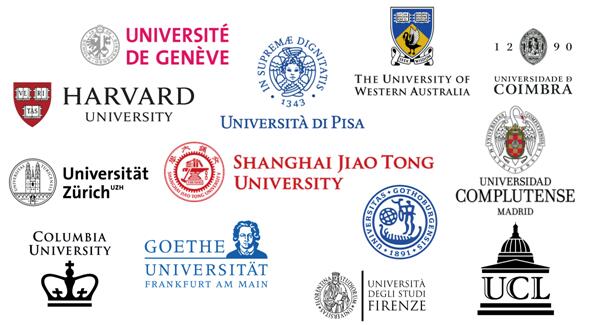Shanghai independently develops the first domestic universal quadrivalent influenza virus split vaccine for people aged 6 months and above, initiating influenza vaccination | vaccination | universal
Shanghai's independently developed domestic first universal quadrivalent influenza virus split vaccine for people aged 6 months and above has recently launched vaccination in Shanghai. It is expected to be promoted throughout the city by the end of August, providing citizens with an additional option to prevent influenza.
It is reported that this vaccine independently developed by Shanghai Biotechnology is the first universal quadrivalent influenza virus split vaccine for people aged 6 months and above in China. It was approved by the National Medical Products Administration for marketing on November 22, last year. The vaccine has achieved unified dosage forms for infants, adolescents, adults, and the elderly for the first time in China, becoming the first exclusive universal quadrivalent influenza vaccine for all age groups in the country.
At the Tianlin Community Health Service Center in Xuhui District, the first batch of vaccination sites, Ms. Yang and her family completed the vaccination with three generations of grandparents. "I heard that babies under the age of 3 can also receive full dose influenza vaccines, and I made an appointment as soon as possible." Ms. Cai, who also came to get vaccinated, said, "After experiencing the epidemic, the whole family has a better understanding of the harm of infectious diseases and the protective effect of vaccines. Getting vaccinated together to do a good job in family protection is still relatively cost-effective."
It is reported that this quadrivalent influenza vaccine has taken the lead in completing clinical studies on the safety and immunogenicity of two full dose quadrivalent influenza vaccines administered to infants and young children aged 6-35 months in China. The research results show that this dose has good immunogenicity and safety in the population aged 6-35 months. At present, the price of this quadrivalent influenza vaccine is 135 yuan/dose. It is recommended to get one dose every flu season for those over 3 years old and two doses for those under 3 years old, with a 4-week interval.

Medical experts suggest that getting vaccinated against influenza is an effective way to prevent influenza and reduce flu related severe cases and deaths. Antibodies can be produced after 2-4 weeks of vaccination. Generally, completing vaccination before the arrival of the flu season each year can provide protection.
To minimize the impact of influenza disease as much as possible, it is recommended to prioritize timely vaccination for the following key and high-risk populations: elderly people at home, children, chronic disease patients, infants over 6 months old, family members, and medical staff; Participants and support personnel for large-scale events; Vulnerable populations and employees in crowded places such as elderly care institutions, long-term care institutions, and welfare homes; Key population groups, such as teachers and students in daycare institutions, primary and secondary schools, and other high-risk groups for influenza.
It is also reported that the influenza vaccines approved for market in China include trivalent inactivated influenza vaccine, quadrivalent inactivated influenza vaccine, and trivalent attenuated live vaccine. The trivalent vaccine differs from the tetravalent vaccine in terms of the types of influenza viruses that can be prevented. The latter increases the composition of the B Yamagata vaccine, and recipients can voluntarily choose influenza vaccines that meet the age requirements for vaccination, without priority recommendation.




